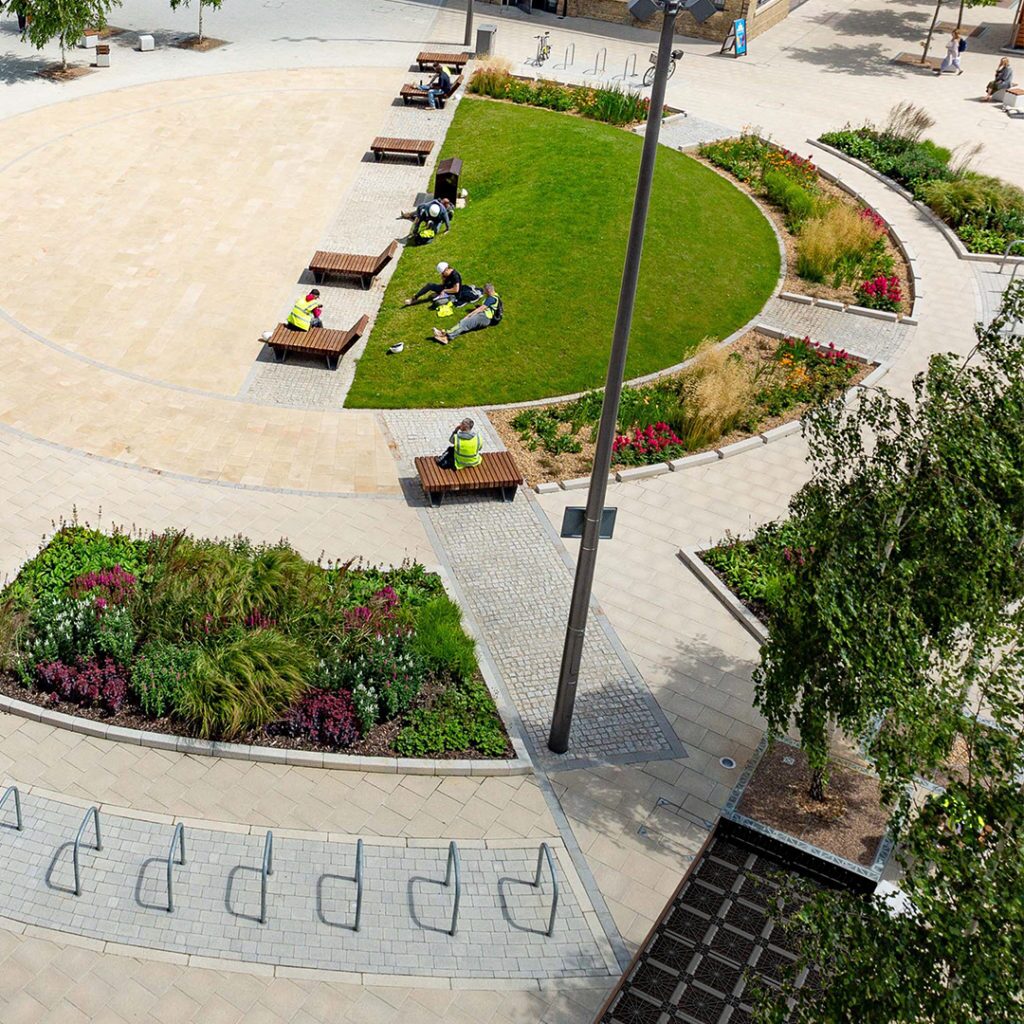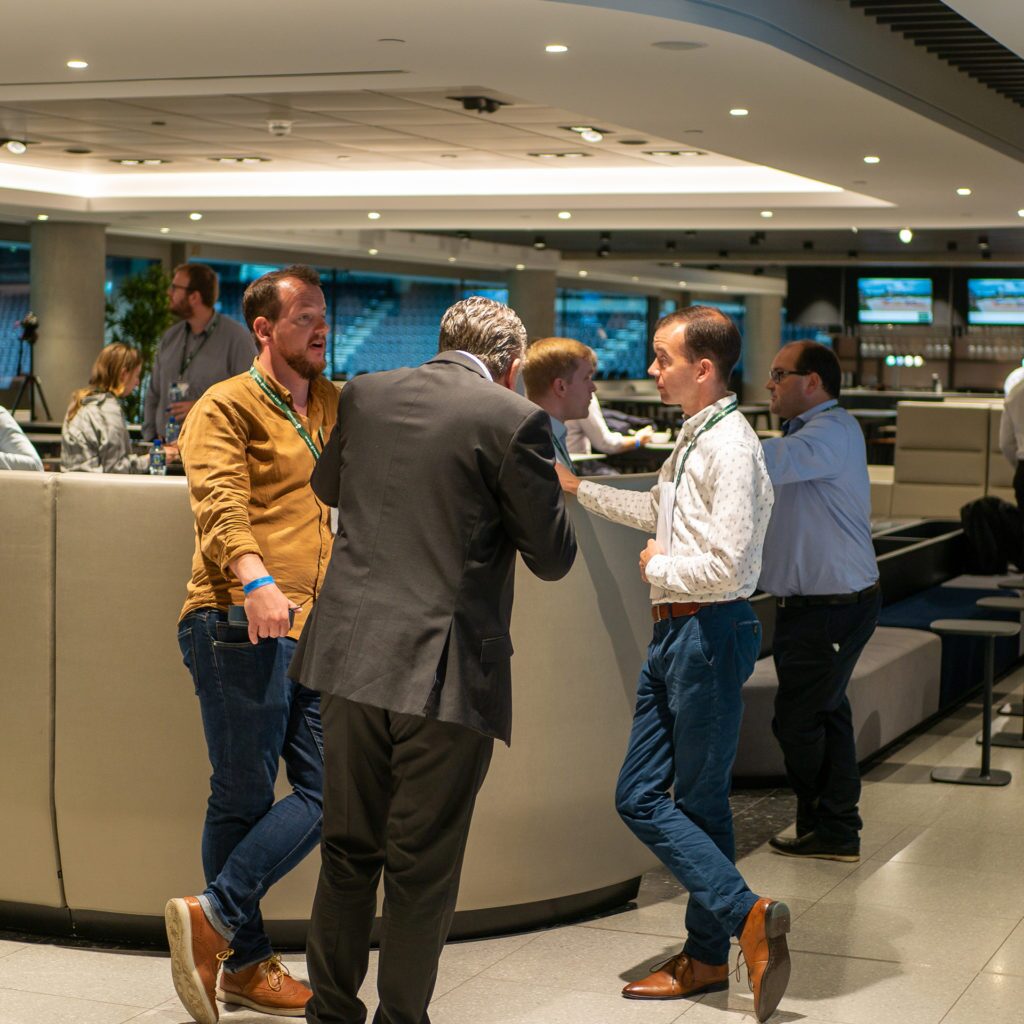Why Green and Blue?
Urban conurbations are predominately influenced by the built environment – our grey infrastructure. However, quality of life, health and personal fulfilment is closely related to the provision of green space, but the pressures of density on developments can make provision of adequate space for green components difficult to achieve.
Integrating the green (soft areas, plants and trees) with the blue (watercourses, ponds, lakes and storm drainage) elements makes our urban spaces more resilient, pleasant and healthy places to live, work and play.
Green infrastructure is often described as interconnected networks of multifunctional green space which provides multiple benefits and can accommodate sustainable development. These elements include parks, open space, trees, both street and private, playing fields, woods, private gardens, allotments and green roofs and walls.

Benefits of Green Infrastructure
Properties landscaped with trees sell quicker and are worth 5% to 15% more than homes without trees.
Trees properly placed around buildings as windbreaks can save up to 25% on winter heating costs.
A single mature tree can absorb carbon at a rate of 21.6kg per year.
People are willing to pay 9% to 12% more for goods and services in a shopping area with large, well-cared for trees.
Increased canopy cover helps mitigate air pollution, with street trees reducing particulate matter concentration by 15-20%.
For every 10% increase in urban tree canopy, carbon is reduced by 3-7%.
Blue infrastructure usually relates to urban water infrastructure, including ponds, lakes, streams rivers and storm water provision. Sustainable drainage schemes are usually included under this heading but are sometimes also labelled as green infrastructure.
Combining Green and Blue elements together is an effective way of providing a sustainable natural solution to urban and climatic challenges. Vegetation assists with air pollution removal, storm water management and heat island effects as well as creating places which are more pleasant and less stressful to live in.
GreenBlue Urban are global leaders in harnessing nature to protect communities from extreme climatic challenges and to improve quality of life in the most challenging urban areas.
Benefits of Blue Infrastructure
Evapotranspiration – trees ‘breathe’ water – a mature tree can use up to 200 litres per day, cleaning & cooling the air.
Calculated correctly, stormwater exceedance flow is clean enough to go into watercourses, as the ArborFlow has dealt with first flush pollutants.
Potential attenuation space within specialist soil can store 22%-35% water by soil volume without effecting tree health.
For every 5% of tree canopy cover, stormwater runoff is reduced by 2%.
ArborFlow LID can filter as much as 95% of pollutants, such as microplastics, hydrocarbons, metals etc from stormwater runoff.
Healthy urban trees are capable of holding huge amounts of water – up to 70% of the first hour of a rain event – on its canopy and branch structure.
Choose the leading urban Design consultants
GreenBlue are proud of the continued support offered from initial design to installation, here we highlight each of the phases by which specifying can be made a seamless process.


